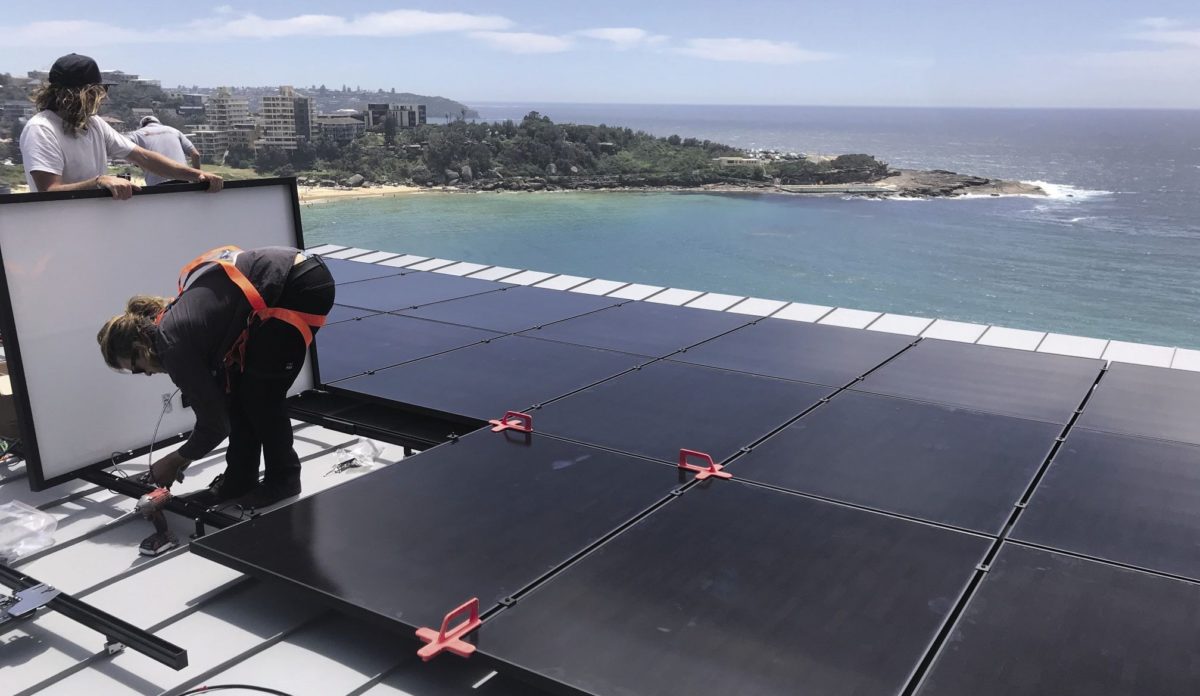With consumers being warned daily about inflation on everything from the weekly food shop to tabletop wargame miniatures, London-based analyst GlobalData has stated rooftop solar panels will be no exception.
With the pandemic and its knock-on effects on global supply chains having, since 2020, halted years of thumping panel price cost reductions, a report published today by GlobalData stated that as far as rooftop solar modules are concerned: “Cost is expected to moderately increase in 2022.”
Buildings are key to our daily lives and significantly impact our health and wellbeing. The majority also have substantial carbon footprints and employ heavy use of fossil fuels across their lifetimes, from construction to their use and demolition. pv magazine’s UP Initiative is focusing on the role solar and energy storage can play in greening the world’s urban spaces. Read our urban solar coverage here.Urban solar
Interestingly, a note issued by the analyst to publicize its Rooftop Solar Photovoltaic (PV) Market, 2021 – Global Market Size, Market Share, Major Trends, and Key Country Analysis to 2030 report did not point to last year's shortage of panel raw material polysilicon as a reason for rising module prices.
GlobalData power analyst Attaurrahman Ojindaram Saibasan instead highlighted the fact post-Covid supply chain headaches had reduced the volume of solar cells and modules available for shipping, with delays in shipments confounded by shortages of workers due to pandemic-related restrictions on movement.
Basing its numbers on the 10-12 340W solar panels required to power a 1,200 square foot residence, GlobalData said the cost of rooftop arrays had fallen $600-900 per year from a level of around $9,300 in 2014 to $4,550 by the time Covid-19 brought the world to a standstill in 2020.
Popular content
Last year, by contrast, the price of a rooftop system rebounded $700 to a level not seen since 2018, GlobalData said, and that increasing expense is not expected to be reversed this year.
Even when a return to falling rooftop solar prices arrives in 2023, the rest of the decade will be marked by costs that decline “gradually,” according to the analyst, as component costs retreat again, production volume is scaled up, and panel technology advances.
The study noted that with the world's rooftop solar systems in 2020 roughly split a third for residential and two-thirds for commercial and industrial arrays, China accounted for 12.4% of the near-249GW of rooftop panel generation capacity installed by the end of that year.
That contribution helped Asia claim 53.5% of the world's rooftop panels at the end of 2020, with 29.1% in Europe and 13.6% in the Americas, according to GlobalData.
This content is protected by copyright and may not be reused. If you want to cooperate with us and would like to reuse some of our content, please contact: editors@pv-magazine.com.



Have you done an article about the proposed changes by the California Public Comission to decrease NEM payments and charge a monthly fee of $ 8 per kW of installed Solar panels? This comes as the state already suffers rotating outages in the summer due to lack of supply and the loss of 10 percent of the total generating capacity in the state due to decommissioning of Diablo Canyon nuclear power plant in less than two years. The state needs more power, clean power, not less.
Have you done an article about the proposed changes by the California Public Comission to decrease NEM payments and charge a monthly fee of $ 8 per kW of installed Solar panels? This will drastically reduce the cost effectiveness of solar power generation. Many of us paid to provide clean power to the state at no cost to taxpayers or utility customers.
This comes as the state already suffers rotating outages in the summer due to lack of supply and the loss of 10 percent of the total generating capacity in the state due to decommissioning of Diablo Canyon nuclear power plant in less than two years. The state needs more power, clean power, not less.
Hi Bill,
I haven’t written an article about that but my colleague Ryan Kennedy, over at our pv-magazine-usa.com site certainly has, and you can read it here: https://pv-magazine-usa.com/2022/02/04/california-nem-3-0-delayed-indefinitely/